B&O Railroad steams toward its 200th anniversary
Published in Business News
BALTIMORE — A college lad spent his Christmas days off in the winter of 1937 working as extra help on the Camden Station platform near today’s Oriole Park at Camden Yards.
What made an impression that day was the arrival of President Washington, one of the Baltimore and Ohio Railroad’s fanciest steam locomotives that headed a string of passenger coaches bound for Philadelphia and Jersey City.
That 19-year-old on the platform was my father, Joe Kelly, who long after recalled his experience as temporary Christmas help unloading orange and grapefruit crates (and the occasional bicycle) sent via express baggage car to Baltimore.
He didn’t much like the job, but he never forgot the steam locomotive. He called it “majestic,” a visually stunning piece of rolling machinery painted dark olive green and striped in gold and maroon. It’s three, 80-inch driving wheels dwarfed him as the train slid away into the darkness of the Howard Street Tunnel and soon roaring through Remington, Charles Village and Waverly.
The words “President Washington,” lettered in gold under the engineer’s cab lookout window, announced this was a bespoke, rail aristocrat.
Other people continue to regard President Washington as very special. Today, that locomotive and its coal and water tender rest temporarily in a metal-sided building in the 600 block of South Fulton Avenue, just across from the Mount Clare Mansion in Southwest Baltimore’s Carroll Park.
The locomotive never suffered the fate of its similar steam-powered machines that were routinely scrapped as newer technologies arrived in the 1950s. The President Washington was a Baltimore treasure, one of 20 built in 1927 for the 100th anniversary of the railroad’s founding.
The 19 other presidents (Jefferson, Adams, etc.) in this class of locomotive were built in Philadelphia at the Baldwin Locomotive Works. As they arrived in 1927, they were assigned to the B&O’s passenger trains — the Washington to Jersey City and Washington to Chicago runs.
Two B&O Railroad Museum staff members, George Harwood and Jamie Partridge, are readying the Washington, known as No. 5300, for another majestic appearance.
“We are an army of two,” they said of their work description. Harwood is the son of rail executive and historian Herbert Harwood. His late mother, Janice, was a Walters Art Museum docent. Partridge, who once worked for the Loizeaux demolition firm, says, “I’m dyslexic and have to be using my hands.”
The President Washington will reappear a few blocks away at the main museum campus at Pratt and Poppleton streets in time for the 200th anniversary of the oldest class-one railroad in the U.S.
Conservators Harwood and Partridge work in an amazing environment. They run a locomotive and passenger car hospital for the rehabilitation of heavily used railroad equipment. The spotless, towering workshop contains a working coal-fired blacksmith forge and machines that look as if they could bend the girders of the Chesapeake Bay Bridge into toothpicks.
Next week, the B&O Railroad Museum will be breaking ground for a $38 million Campus Transformation Plan, which will entail a public garden and amphitheater, as well as an Innovation Hall, an enlarged archival research center, and more classrooms for the students who take field trips here. The event marks the B&O’s 1827 founding in Baltimore.
The train repair facility, connected by rail to the main museum, is not open to the public. Here, Harwood has devoted months to mending the rusty and disintegrating sections of steel. When an oil chamber needed a new cap, he made one. A missing headlamp part? He gets creative.
And in the final years of President Washington’s active service, it was minimally maintained and assigned to less glamorous runs.
“When locomotives get old, they begin to eat themselves,” Harwood said of the fate of these aging assemblages of valves, pistons, boilers and driving rods.
While the two men do most of the work (Harwood on metal repairs and Partridge on painting and interior restoration), they are also helped by students from the Baltimore City Community College enrolled in a restoration pilot program.
The main museum, a few blocks away, sees 200,000 visitors a year who inspect its collection of railroad equipment, much of its from the 19th Century, and many pieces that were put on display at the 1892 Chicago Columbian Exposition.
The President Washington, numbered 5300, was a star of the 1927 Fair of the Iron Horse, a celebration of the centenary of the B&O, alongside several other B&O steam locomotives. The event, the closest pageant Baltimore ever had to a world’s fair, was held at Halethorpe just off the main line to Washington.
The President Washington was a lucky survivor. After about 30 years of hard work, it was retired and was sold to a former B&O fireman, Ed Striegel, who ran a supply and equipment business on Chemical Road in Curtis Bay. Striegel knew its value and donated it to the museum, where it was displayed outdoors along West Pratt Street.
“It has had a hard life. Most of the coal bunker had so many holes it was Swiss cheese,” Harwood said of the locomotive. “It’s a composition — a blend of art overlapping with engineering.”
©2025 The Baltimore Sun. Visit at baltimoresun.com. Distributed by Tribune Content Agency, LLC.
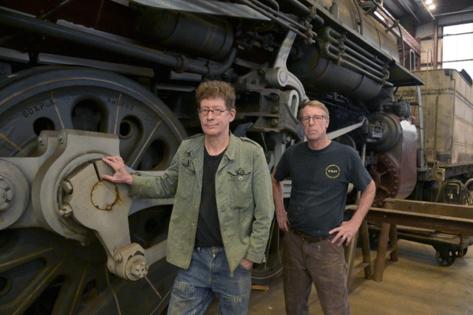


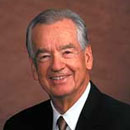
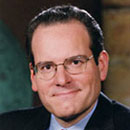


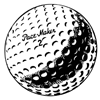
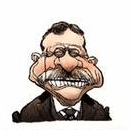

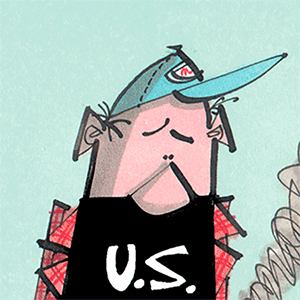

Comments